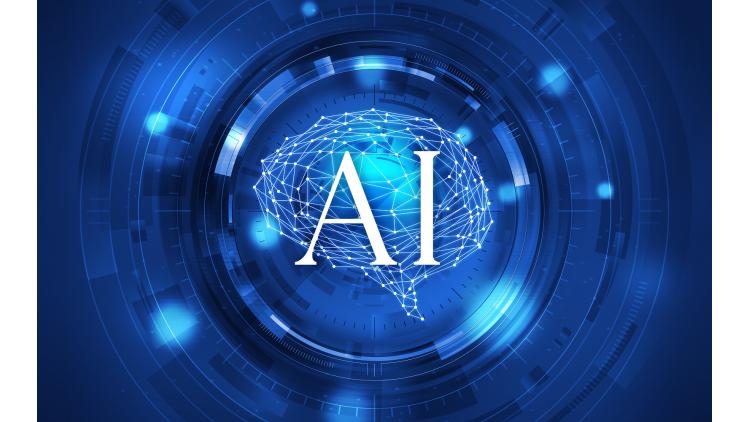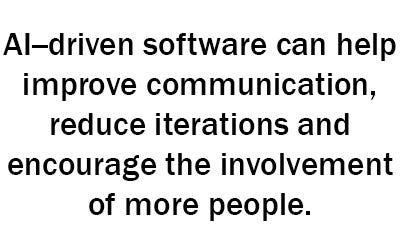Artificial intelligence has the potential to empower just about everyone and every department in the packaging development decision chain to contribute and improve the end result.

Differentiation is the name of the game when marketing products to consumers. Differentiation’s mandatory companion is performance. Both of these are driven by creative individuals who use the latest technological tools to create viable, commercial packages that will deliver desired attributes all the way to their expiration date.
However, there is room for improvement. A gap exists between the “idea generators” and the “idea executors.”
What do we mean by that?
Let’s refer to the old telephone game. I whisper something in your ear and you have to pass it along to the next person. After the information changes “ears” several times, the message being delivered to the final person almost always bears no resemblance to the original message.
We have personally experienced the same thing with bottle design.
Imagine yourself in a meeting and instructing someone verbally what design or the modifications you want implemented as a 3D visual. By the time it gets delivered to a CAD engineer, it has already been subject to interpretation and may not be at all what you envisioned.
Enter artificial intelligence (AI), which is typically defined as computer systems that can perform tasks that normally require human intelligence, such as visual perception, speech and geometric vocabulary recognition, decision-making, and interactive feedback. 
We believe the plastics packaging sector can benefit from software that simplifies the “tools of creation,” and allows more people to join the party. Think of it as something similar to PowerPoint in ease-of-use. For example, a software program that gives you menu options which allow you to select bottle shape attributes such as a shoulder, label, grip and base. As well as selecting more “building tools” such as “make that 28 mm finish, flare out the shoulder, give me a 0.3mm thickness and opt for a transparent appearance.”
Having this type of artificial-intelligence software available means that just about everyone in the decision chain (marketing, sales, production, etc.) can be empowered to contribute. Creativity now can be captured from all involved (not just the design engineer) to bring the bottle to life. Right now, only well-trained CAD operators can produce these renderings. 
We just want to make clear that we are not advocating that the basic software “tool” we are proposing be a substitute for the very expert and precise capability these professionals have. They still need to take the concept and turn it into a fully engineered model. We are simply saying that artificial intelligence-driven software can help improve communication, reduce iterations and encourage the involvement of more people, which we feel can improve the end result.
In short, integrating artificial intelligence into CAD programs can change the game for design because it can enable non-CAD users to more quickly and accurately design a package with desired attributes based on parameters built into the AI driven CAD system.
So, is anyone listening out there? We’ve issued a challenge. We hope someone who is reading this will consider taking it on.
 Author: Sumit Mukherjee is the chief technology officer of PTI. He has 25 years of experience in package design, materials characterization, process simulation and modeling, and finite element analysis (FEA) for package performance prediction.
Author: Sumit Mukherjee is the chief technology officer of PTI. He has 25 years of experience in package design, materials characterization, process simulation and modeling, and finite element analysis (FEA) for package performance prediction.
About PTI
PTI is recognized worldwide as a leading source for preform and package design, package development, rapid prototyping, pre-production prototyping, and material evaluation engineering for the plastic packaging industry. For more information: www.pti-usa.com.
Image: and4me/Adobe Stock
About the Author(s)
You May Also Like





